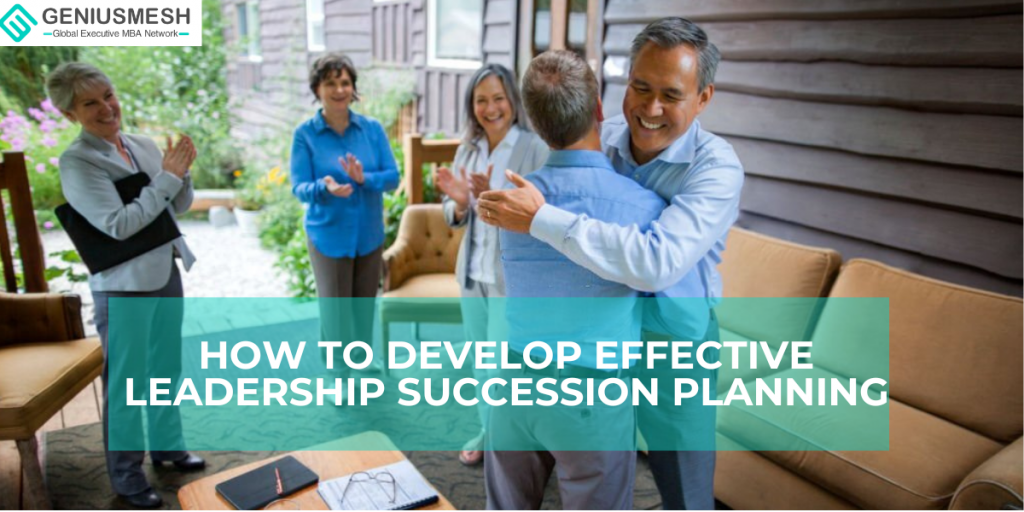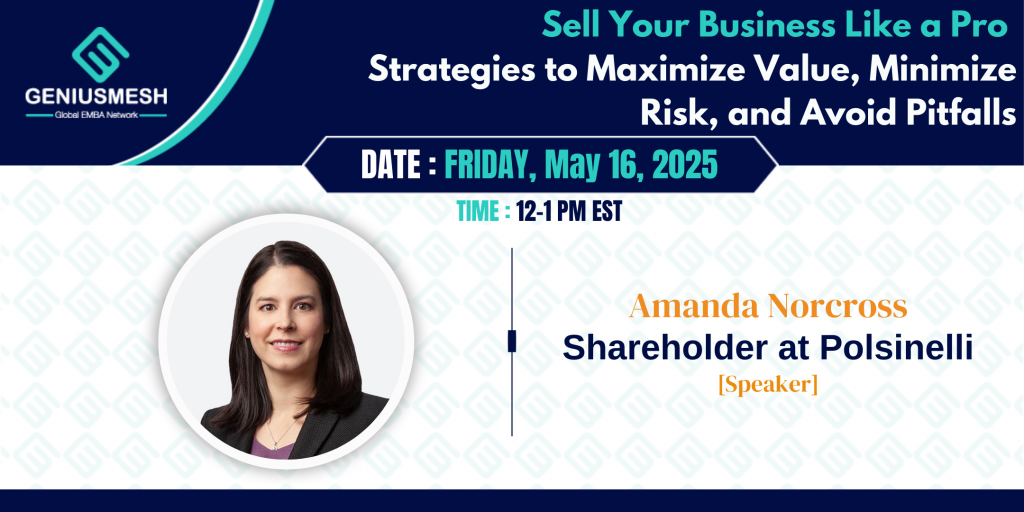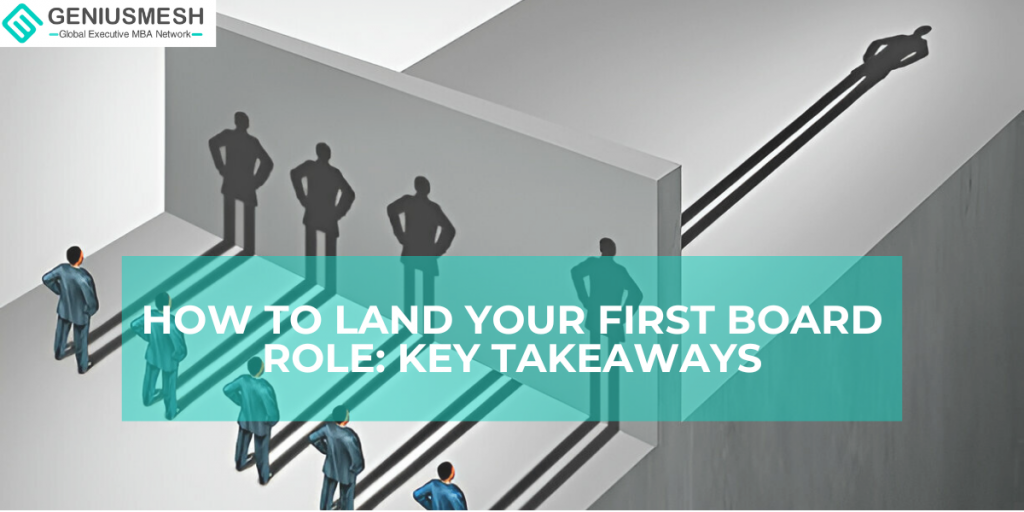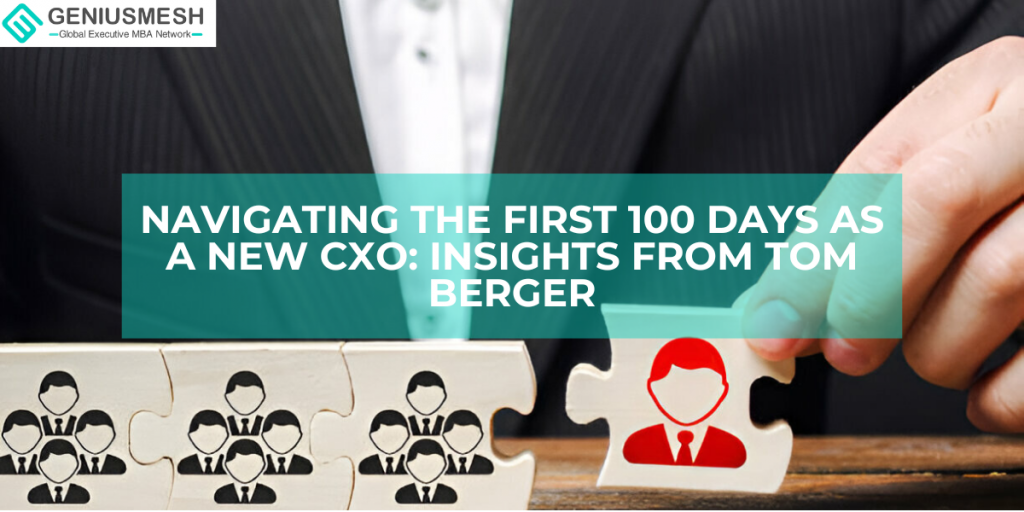Executive retention through leadership development is critical to ensure organizational success because a biproduct can be a strong succession pipeline. It’s important to get these processes right because poor succession planning processes stemming from a lack of leadership development and assessment is extremely costly. In fact, it’s estimated to cost $1T across the S&P 1500 annually.
When employees feel engaged, valued, and supported through development opportunities, they are more likely to stay with a company for the long term and drive value creation. In turn, organizations will be able to collect data on employee strengths and development opportunities during the leadership development process so they can build comprehensive and objective succession plans.
So, what are the key factors that affect leadership retention? How does investing in leadership development work to help you retain your most valuable employees? How do these practices inform comprehensive succession plans?
Reduce Organizational Risk by Increasing Leadership Retention
High employee turnover, especially amongst high-impact and executive talent, can be detrimental to an organization’s productivity, culture, and bottom line. Retaining talented employees helps businesses maintain institutional knowledge, reduce recruitment and training costs, foster a positive work environment, and reduce the risk of reputational harm.
Ideally, long-term employees that have positive experiences can become brand ambassadors, which can help attract new talent and customers. Conversely, when turnover is high, teams are left feeling overworked, burnt out, undervalued, and as if their talents are not fully utilized – resulting in further unplanned exits which cost the business.
For example, research has shown that in organizations where turnover is low, profitability increases by 55%. Underpinning this issue, in environments where turnover within the leadership ranks is high, stagnating innovation and an increased risk of failure follow.
It’s estimated that company valuations and investor returns would be 20-25% higher with adequate succession planning processes that capture the organization’s capacity to innovate – and that can only be derived through retaining high impact and high potential talent.
How can you reduce organizational risk by increasing leadership retention and building succession plans? This article will delve into the following practices to help you develop a robust succession plan to mitigate future issues:
1. Offering Opportunities for Leadership Development and Growth
2. Increasing Leadership Effectiveness through Leadership Development: Trust, Effective Teaming & Change Leadership Capability
3. Augment Leadership Development by Building Functional Skills
1. Offering Opportunities for Leadership Development and Growth
Investing in employee development is a powerful retention strategy for all talent but might prove particularly valuable for employees deemed high impact and leaders for the future. In fact, 40% of employees leave their organizations because of a lack of development opportunities. Additionally, only 40% of employees believe their leaders are high quality, a figure that has dropped significantly in recent years – showing the opportunities for leadership development programming.
By providing leadership development opportunities, organizations demonstrate their commitment to employees’ growth and create a work environment where other employees, even those who aren’t leaders, benefit from increased leadership effectiveness. When leaders feel valued and supported in their professional aspirations, they are more likely to stay and contribute to the organization’s long-term success. What’s more, leadership development drives self-awareness. This is important because self-aware leaders are 4x more effective than leaders who are not self-aware.
Additionally, in any robust leadership development practice, data is collected that assesses a leader’s strengths and development opportunities. Data can also be collected to understand a leader’s functional skills. That way, talent management professionals within the organization have a firm understanding of which future experiences will help valued leaders grow and have a clear picture of where to situate them in their succession pipeline.
2. Increasing Leadership Effectiveness through Leadership Development: Trust, Effective Teaming & Change Leadership Capability
Several interrelated capabilities stand out that impact leadership effectiveness. These are the capabilities that organizations would be wise to capture and leverage for the future. It’s important for leaders to become self-aware about their abilities, which drives their effectiveness – and only 10% employees actually are – representing a huge opportunity for growth in organizations.
One characteristic leaders need to build and become more self-aware about is their ability to cultivate trust. Trust is the cornerstone of a healthy work environment, and when it comes to retaining valued leaders, the level of trust in senior leadership plays a pivotal role. Talent who have confidence in their senior leaders are more likely to stay committed to the organization and contribute their best efforts.
Second, the ability to build effective teams and create a positive working environment are skills that should not be overlooked.
Third, as we all know, the world has undergone more change the ever in just the last few years. This means the most effective leaders of the 21st century are those who know how to lead change effectively.
These capabilities – inspiring trust, building an effective team, and leading through change – are critical to understanding which leaders in your organization are those that employees want to follow for future success. An assessment of these capabilities needs to inform your succession plans.
Inspiring Trust
It’s important to address the issue of trust in leadership because when trust in senior leadership is diminished, it can greatly impact retention, especially for women and other underrepresented groups, meaning less diverse and inclusive teams may result. Less diverse and inclusive teams can harm the potential to innovate.
Furthermore, doubts about the integrity, transparency, or competency of leaders erode employees’ faith in the company’s direction and their own career prospects. A lack of trust can lead to increased turnover as disillusioned employees seek opportunities elsewhere.
Therefore, fostering trust in senior leadership is crucial for organizations aiming to retain their talented workforce and create a positive and effective work environment. In recent years, perceptions of trust in leadership have fallen – which illustrates the need for developing leaders to create strong, healthy, and trustworthy relationships within their teams and organizations.
Building an Effective Team
Related to the ability to inspire trust in leadership is a leader’s team leadership capability. Employees thrive in an environment that values collaboration, open communication, respect, and autonomy and leaders need to be able to effectively manage these processes.
Just because a leader has been effective in their function does not mean they know how to manage team dynamics and inspire people to follow them. Unfortunately, A key driver of turnover during the Great Resignation was a toxic organizational culture. Organizations must ensure that behaviors that positively impact teaming are rewarded. For example, ensuring a zero-tolerance policy for bullying, and encouraging employees to take their Paid Time Off to reduce burnout while supporting these practices in both words and actions are hallmarks of healthy organizational cultures. Not surprisingly, this is highly related to the ability to create a trusting environment.
Helping leaders understand how to foster a supportive culture and lead their teams effectively are extremely important skills to grow in leadership development programming.
Leading Through Change
The ability to lead through change is a hallmark of effective leadership in the 21st century.
A key factor is a leader’s mindset: do they embrace the inherent ambiguity that the uncertainty and unknown create? Or do they feel under threat and become reactive?
A leader’s ability to be learning agile – to learn quickly in new situations when much is unknown – is a key competency of successful leaders today and a tenet of change leadership. In fact, leaders who are learning and change agile are more likely to be high performing and high potential. These are leaders you’d definitely want in your succession pipeline and you should focus your efforts on growing this capability in leadership development programming.
Thankfully, these capabilities: build and inspire trust, manage teams effectively, and lead through change can be developed and grown through leadership development experiences.
Executive coaching in a 1:1 format can be especially effective when done by skilled and trained practitioners. During leadership development activities, data can be collected specifically on these dimensions of effective leadership and help inform talent management professionals to what extent stakeholders actually want to follow this leader? And, to what extent is this leader actually going to lead the team to a place of effectiveness?
Once these data points are collected and managed, talent management professionals will be able to understand where to put a specific leader in the succession pipeline to ensure organizational risk is mitigated and potential is maximized.
3. Augment Leadership Development by Building Functional Skills
From time to time, leaders are promoted without requisite functional skills in place. For example, a leader may have been effective in managing the marketing division and is promoted to lead the overarching communications division that includes marketing. With this promotion, they are required to learn lots of new skills very quickly, which is the hallmark of needing to be learning agile.
This type of career transition can make or break leaders. By not providing them with the necessary skill-building experiences, organizations can set their leaders up for failure. In this type of situation, learning agility is the “how”: how a leader learns. However, a leader also needs the “what”: what it is they’re trying to learn quickly from a content perspective.
To be successful, a leader needs both the “what” and the “how” to navigate through a transition. If this process is managed poorly, the impacts on your succession plan can be disastrous. Leaders may feel unprepared to handle challenges and can experience reduced trust in the organization, resulting in an unplanned exit.
As part of your leadership development and succession planning strategy, leadership skills and functional skills should be assessed. Pairing your leaders with industry experts as part of your leadership development strategy can set them up for success.
Such experts can teach your leaders the “what”: what has made them effective within their domain of functional expertise. Pairing this learning with the “how” to focus on how they learn, usually in partnership with an executive coach, can be especially powerful.
Then, an assessment will give you comprehensive data that can be used to create a robust succession plan. Such an assessment gives you a clear view detailing specifically which skills and abilities your leaders need to develop, accomplished through formal learning experiences and/or on-the-job experiences.
In Conclusion: The Importance of Implementing Succession Plans through Leadership & Functional Development Experiences
Leadership retention is essential for organizational success.
Leadership retention begins with engaging high potential and high impact talent and meeting their diverse and personalized needs. By offering opportunities for growth and development in both critical leadership and functional skills, companies can increase leader retention.
On the backend, talent management and leadership development professionals can collect and assess data about their leaders to understand strengths and developmental opportunities objectively. These objective data can then, in turn, be used to populate comprehensive succession plans.
By creating engaging development opportunities and collecting objective data, you can build effective succession plans that mitigate future risk and will ensure your organization’s future!

Dr. Ginevra Drinka is an organizational psychologist, leadership development expert, and executive coach with over a decade of internal and external consulting experience. She completed her PhD research in 2018 at Columbia University. Most recently, she advised a Talent Management team at Nike, Inc. to adopt best-in-class leadership assessment and development practices to enable succession planning for the future. In her Executive Coaching practice, she focuses on building client capacity to become more learning agile which helps leaders increase innovation, navigate change effectively, and build high performing teams who will embody their organization’s mission. She is currently the Head of Leadership Development at GeniusMesh and leverages the lessons from her PhD research and consulting experience to build an executive coaching practice that serves EMBA talent. She lives in Portland, OR with her husband and son.



